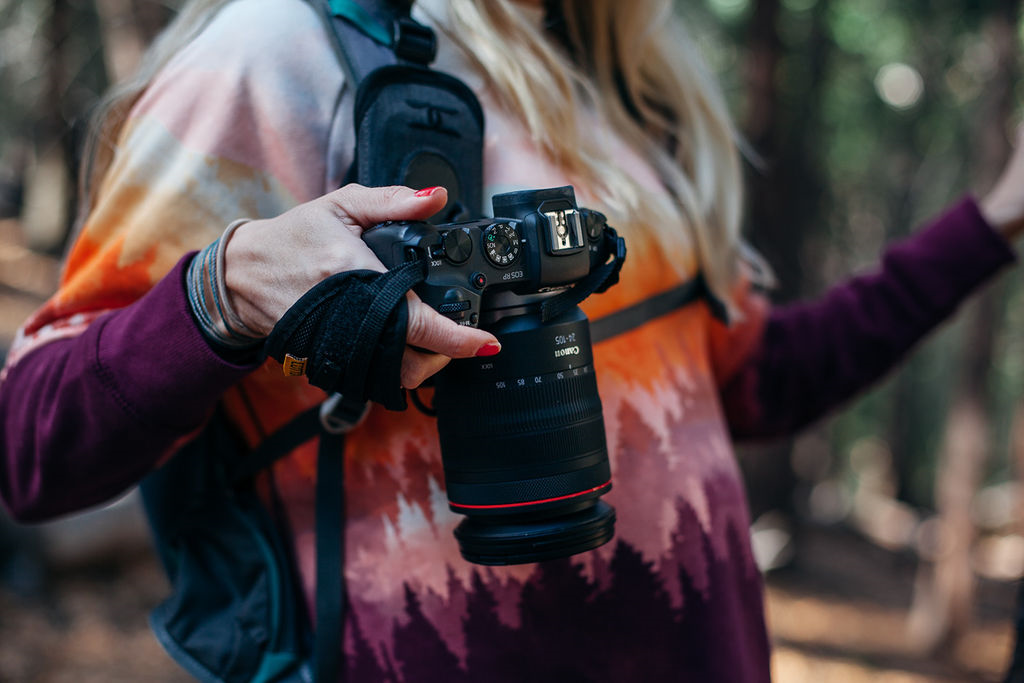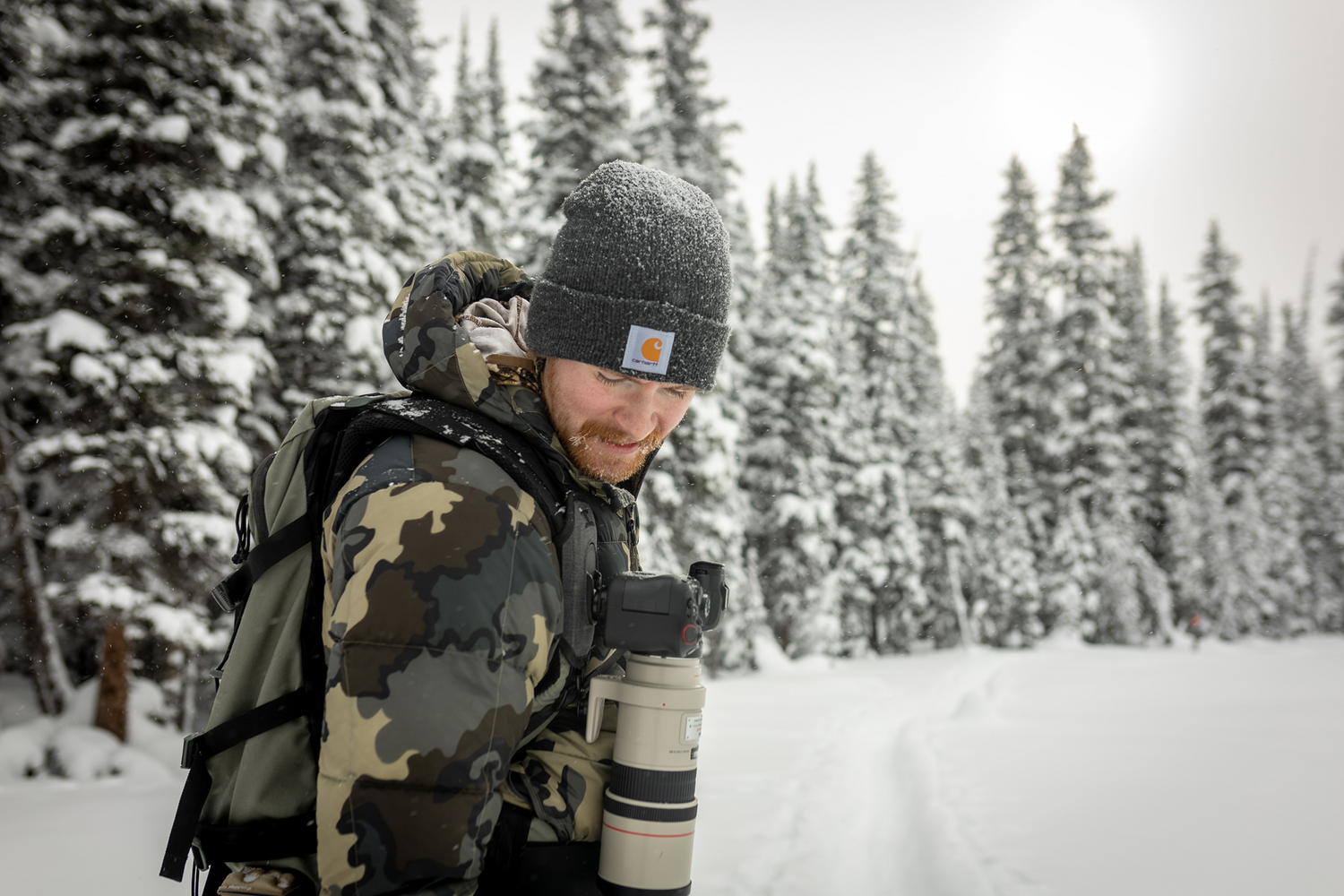Sports photography is an exciting and challenging field that captures the intensity, emotion, and action of athletic events. Whether you’re photographing a local high school game, a professional match, or just want to capture your child’s weekend soccer game, getting great sports photos requires more than just pointing and shooting. This guide will help beginners understand the basics of sports photography, from choosing the right gear to mastering the techniques that will allow you to freeze action and tell compelling stories through your images.
1. Choosing the Right Gear
Before you hit the field or court, it’s important to have the right equipment. While sports photography can be done with a variety of cameras, certain features and accessories will make your job easier and your photos better.
Camera
- DSLR or Mirrorless: A DSLR or mirrorless camera with fast autofocus and high burst rates is ideal for sports photography. These cameras allow you to capture multiple frames per second (FPS), which is essential for freezing action.
- Crop Sensor vs. Full Frame: Both crop sensor and full-frame cameras have their advantages. Crop sensor cameras give you a longer effective focal length, which can be useful for getting close to the action without physically being close. Full-frame cameras generally perform better in low light and offer a wider field of view.
Lenses
- Telephoto Lens: A telephoto lens is a must for sports photography. A lens with a focal length of 70-200mm is a good starting point, but for field sports like soccer, football, or baseball, a 300mm or even 400mm lens will allow you to get closer to the action.
- Fast Aperture: Lenses with a wide maximum aperture (f/2.8 or wider) are ideal because they let in more light, which is crucial for shooting fast-moving subjects in various lighting conditions. A wide aperture also allows you to create a shallow depth of field, helping your subject stand out against the background.
Accessories
- Camera Harness: A camera harness provides better weight distribution and stability, especially when using heavy lenses, allowing you to shoot comfortably for extended periods without straining your neck or shoulders.
- Monopod: A monopod provides stability without the bulk of a tripod. It’s especially useful for long telephoto lenses and helps reduce camera shake.
- Extra Batteries and Memory Cards: Sports events can be long, and you’ll be shooting a lot of frames. Carry extra batteries and memory cards to ensure you don’t miss any action.
- Rain Cover: Outdoor sports can be unpredictable, so having a rain cover for your camera is a good precaution to protect your gear from the elements.

2. Understanding Exposure and Camera Settings
To capture sharp, well-exposed sports images, it’s essential to understand how to control your camera settings effectively.
Shutter Speed
- Freeze the Action: A fast shutter speed is key to freezing motion in sports photography. Aim for a shutter speed of at least 1/500th of a second, but faster speeds like 1/1000th or even 1/2000th are often necessary for fast-paced sports.
- Panning: If you want to create a sense of motion, try panning. Use a slower shutter speed (around 1/60th or 1/100th of a second) and follow the movement of your subject. This will blur the background while keeping the subject relatively sharp, conveying a sense of speed.
Aperture
- Control Depth of Field: A wide aperture (small f-number) allows you to blur the background and make your subject pop. This is especially useful in sports where the background can be distracting.
- Adjust for Light: If you’re shooting in bright daylight, you may need to narrow your aperture (higher f-number) to avoid overexposure, while still keeping your shutter speed fast enough to freeze action.
ISO
- Manage Low Light: Increase your ISO in low light situations to maintain a fast shutter speed. Modern cameras handle high ISO settings well, but be mindful of introducing too much noise, which can degrade image quality.
- Auto ISO: For beginners, using Auto ISO can be a helpful way to ensure your camera adjusts the sensitivity as light conditions change during the event.
Focus Mode
- Continuous Autofocus (AI Servo/AF-C): Use continuous autofocus mode to keep moving subjects in focus. This mode tracks the subject as it moves across the frame, adjusting focus constantly.
- Back-Button Focus: Consider using back-button focusing, where focusing is controlled by a button on the back of the camera rather than the shutter button. This allows you to separate focusing from the act of taking the photo, giving you more control.
3. Composing Your Shots
Good composition is crucial in sports photography. It’s not just about capturing the action but doing so in a way that tells a story and conveys emotion.
Anticipate the Action
- Know the Sport: Understanding the sport you’re shooting is critical. Learn the rules, key moments, and typical movements of the players so you can anticipate where the action will happen. This will help you position yourself and be ready to capture the peak moments.
- Positioning: Get to know the best spots to shoot from. For field sports, the sidelines or behind the goals can offer great angles. For court sports, shooting from the baseline or corners can give you a dynamic perspective.
Fill the Frame
- Get Close: Filling the frame with your subject adds impact to your photos. Use your telephoto lens to get close to the action, and don’t be afraid to crop in tightly to focus on the key elements of the shot.
- Use the Environment: While close-ups are powerful, don’t forget to capture wide shots that include the environment. This can give context to the action, showing the scale of the event or the reactions of the crowd.
Capture Emotion
- Moments of Victory and Defeat: Some of the best sports photos capture the emotions of the players, whether it’s the elation of a win or the agony of a loss. Keep your camera ready for these moments, as they often happen quickly after the action stops.
- Focus on Faces: Faces are expressive, and capturing a player’s concentration, determination, or joy can create a powerful image. Use your telephoto lens to zoom in on facial expressions, even in the midst of action.
Utilize Leading Lines and Angles
- Leading Lines: Use lines within the scene—such as the lines of the field, track, or court—to draw the viewer’s eye to the subject. This can add depth and interest to your composition.
- Shoot from Different Angles: Don’t be afraid to experiment with angles. Shooting from low to the ground can make athletes look more imposing, while shooting from above can provide a unique perspective on the action.
4. Timing Is Everything
In sports photography, timing is crucial. Capturing the peak moment—the exact instant when the action is at its most intense—can make the difference between a good shot and a great one.
Burst Mode
- Shoot in Bursts: Use your camera’s burst mode to take a series of shots in quick succession. This increases your chances of capturing the perfect moment. Be mindful of your memory card’s capacity and processing time, especially if you’re shooting in RAW.
Anticipate Movements
- Pre-Focus: If you know where the action is likely to happen, pre-focus on that spot. This reduces the time your camera needs to lock focus when the moment occurs, helping you capture it more precisely.
- Patience and Practice: Great sports photography often requires patience. Wait for the right moment and don’t be discouraged by missed shots. With practice, you’ll improve your ability to anticipate and time your shots.
5. Post-Processing Tips
After the game, post-processing can help you enhance your images, correct any exposure issues, and crop for better composition.
Basic Adjustments
- Exposure and Contrast: Adjust the exposure to correct any lighting issues, and use contrast to make the action pop.
- Sharpness: Enhance the sharpness of your images to bring out details, especially in key areas like the athlete’s face or the ball.
Cropping
- Crop for Impact: Don’t hesitate to crop your images to focus on the most important elements. Tight cropping can eliminate distractions and draw attention to the subject.
Color Correction
- Correct White Balance: Sports lighting can vary widely, from the bright sun to the artificial lights of a stadium. Adjust the white balance to ensure colors are accurate and true to life.
Noise Reduction
- Reduce Noise: If you had to shoot at a high ISO, you might notice some noise in your images. Use noise reduction tools in your editing software to clean up the image while preserving detail.
6. Practical Tips for Shooting Different Sports
Different sports present different challenges and opportunities. Here are some specific tips for capturing various types of sports:
Football
- Follow the Ball: Football is fast-paced, so keep your focus on the ball and the players around it. Anticipate key moments like tackles, goals, and celebrations.
- Use a Telephoto Lens: A lens with at least 200mm focal length will help you get close to the action from the sidelines.
Basketball
- Shoot from the Baseline: Position yourself at the baseline to capture players driving towards the basket. This angle also allows for great shots of slam dunks and close-up plays.
- Fast Shutter Speed: Use a fast shutter speed to freeze the quick movements and jumps of the players.
Track and Field
- Focus on the Finish Line: For races, the finish line is where the most dramatic moments happen. Position yourself to capture the athletes as they cross the line.
- Panning for Motion: Try panning as runners move past you to create a dynamic sense of speed.
Baseball
- Pitcher and Batter: Focus on the interaction between the pitcher and batter. The moment the bat connects with the ball can make for a powerful image.
- Positioning: Shooting from the first or third baseline offers good angles for capturing the action at the bases and home plate.
Tennis
- Follow the Ball: Like in football, keep your focus on the ball and the players. Capturing the moment of impact between racket and ball is key.
- Anticipate Movements: Tennis is a fast game, so anticipating a player’s next move will help you capture decisive moments.
Sports photography is a thrilling and rewarding pursuit that requires a combination of technical skill, anticipation, and creativity. As a beginner, focus on mastering your camera settings, understanding the sport you’re shooting, and practicing your timing. With the right gear, preparation, and a bit of patience, you’ll be well on your way to capturing dynamic and impactful sports images.
Remember, every game presents new opportunities to improve and learn, so get out there, experiment with different techniques, and most importantly, have fun!





